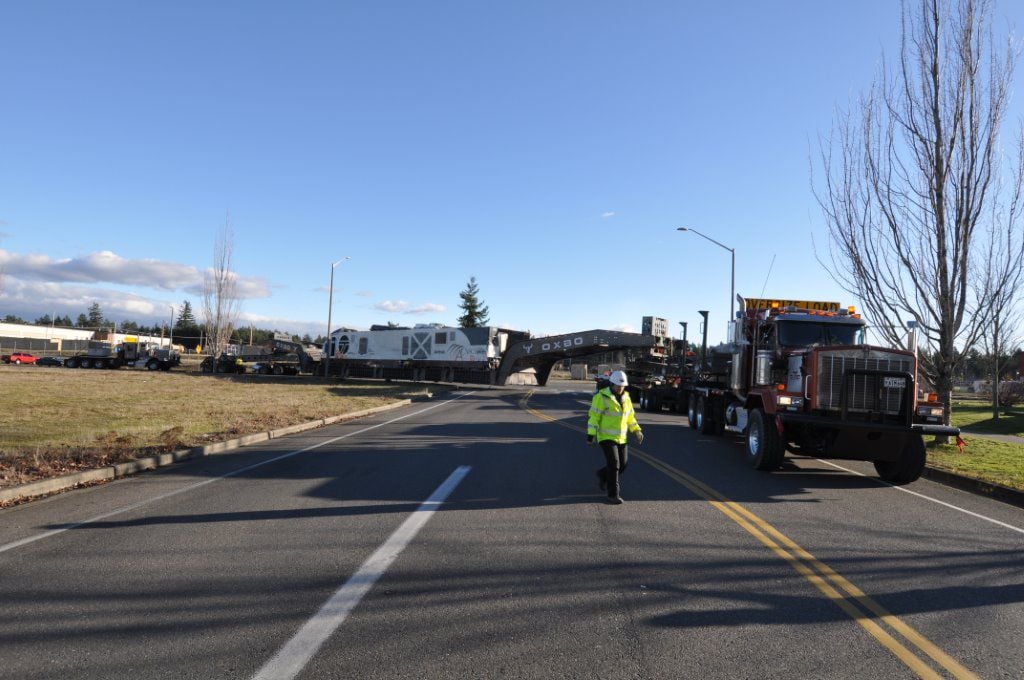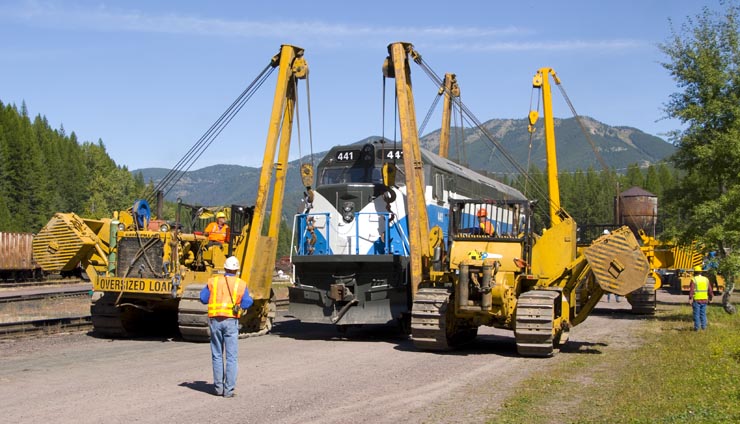When Charles Dickens visited the U.S. Congress in 1842, he found "some men of high character and great abilities." But many, the noted English novelist reported, practiced "despicable trickery at elections; underhanded tamperings with public officers; cowardly attacks upon opponents," not to mention "aidings and abettings of every bad inclination in the popular mind."
During his visit, Dickens heard one Congressman threaten to cut another's throat, and was surprised that the House did nothing to discipline the scoundrel. "There he sat among them," the stunned novelist wrote, "not crushed by the general feeling of the assembly--but as good a man as any."
Members of the House, Dickens also noted, sat at their desks with their feet propped up, lavishly spitting tobacco juice. "Both houses are handsomely carpeted; but the state to which these carpets are reduced by the universal disregard of the spittoon . . . do not admit of being described." Strangers, he continued, should be wary of picking up any article from the floor "with an ungloved hand."
Anyone inclined to dismiss Dickens as a snobbish and sarcastic Briton with heightened powers of description need only consult other local sources. In 1837, according to a contemporary newspaper reporter, you could easily slip on the "disgusting compound of tobacco juice, wafers and sand" that coated the floor of the House of Representatives. Young messengers often slid down the aisles on the loose papers that accumulated there. "Not all the soap and scrubbing-brushes in Christendom," the reporter' wrote of the chamber, "would make it fit for a peasant's hut."
It was at about this time, too, that the House found itself reduced to fining members who missed roll call. To avoid the $2 fine, some Honorable Members were not above scooting in through open windows or sliding down columns from the gallery.
Indeed, voters who share the current dissatisfaction with the goings-on of the people's representatives on Capitol Hill, or deplore the current levels of partisanship in American politics, should take a measure of comfort from a look at how things used to be in the good old days.
In the first half of the 19th century, members of Congress, untroubled by the relentless gaze of C-SPAN, were not under the direct scrutiny of the public eye. Like many Americans in a rough-and-tumble new nation, they indulged in bad manners, unruly behavior and sometimes outright violence. Long before Representative Preston Brooks of South Carolina beat Senator Charles Sumner of Massachusetts into unconsciousness in a celebrated 1856 dispute over slavery, Congressmen regularly attacked one another--with words and, on occasion, weapons.
There was much to get violent about. Every time a new territory clamored for statehood, it threatened the balance of Congressional power between the various rival regions (East versus West, North versus South) and eventually between slave states and free states. Congressmen battled tooth and nail over tariffs--the federal government's main source of income--which helped the commercial Northeast at the expense of the agricultural South, and gave more power to the federal government than the states' rights followers of Thomas Jefferson thought tolerable.
Long before the Civil War, South Carolina talked hotly of nullifying the Constitution on this issue, even of outright secession from the Union. The question of whether or not to have a national bank sundered state from state and brother from brother at a time when many Americans still thought lending money at interest was not only unchristian but akin to theft. And farmers (circa 1830, about 70 percent of the population) just knew that people who didn't plant and harvest--that is, urban stock-jobbers and Northern money men--were not to be trusted.
A good deal of Congressional exacerbation had to do with conditions in the nation's new capital, a muggy, barren spot regarded for years as a provincial and unhealthy outpost by the diplomatic corps of European nations. For decades the capital city seemed raw and only half-built, with weed-choked bare lots and streets of yellow clay. To keep carriages from thundering in heavy rains, logs had to be thrown into the deepest mud holes of Washington's unpaved roads. One Representative who ventured out at night for a social visit in 1818 complained that he slipped into gutters, fell over dirt piles and tripped over bricks and barrels--because the District of Columbia, then as now, fiscally feckless, hadn't supplied the streetlamps with fuel. Hogs got to be such a nuisance that in 1828 the police issued a stern warning: any porker found running loose in the streets would be arrested--and promptly sold.
Like their modern-day counterparts, early Congressmen had to wrangle together and somehow pass the expanding nation's laws. But their lifestyles, like those of most Americans, were totally different from today's. Forget about weekend jaunts home to campaign or see friends. Until the completion of the Erie Canal in 1825 and the arrival of rail connections in the mid-1830s, members rarely got home at all during the session,which began in December and lasted from four to six months. The journey from Washington to Boston took 11 days by coach in 1807, and sometimes coaches could not get through at all. Until the early 1850s, most of the members did not bring their wives and families to Washington.
Today, staff for 535 Senators and Representatives runs to about 18,000 people, with an annual payroll of more than $1 billion. But for the first century of Congress, our public servants had little or no personal staff to help draft legislation or answer letters. And they did receive letters; in those days citizens took their right of petition seriously. During a two-year term starting in 1817, Delegate .John Scott from the Territory of Missouri received more than 1,000 petitions on subjects ranging from widows' woes to patent applications to damage claims for property destroyed during Indian raids. At the time, the entire population of Missouri was something like 65,000.
Without staff, Congressmen had no need for the suites of offices their successors have today. In fact, most had no offices at all. They spent their days at assigned desks in the House or Senate chamber. At night, there was still no privacy from politically hostile colleagues. Until the mid-1840s, most Congressmen lived together in boardinghouses and were sometimes obliged to bunk two to a room.
Finding a boardinghouse was a Congressman's first job on arriving in Washington. Dozens of these establishments were advertised in city papers like the National Intelligencer. ("Mrs. Cottringer, in Ninth street a few doors South of E street," read an 1831 notice, "can accommodate a Mess of Members of Congress, or other strangers visiting the City.")
Congressional boardinghouses clustered in three places around town. Some of the oldest were in Georgetown, a long, bumpy carriage ride from the Capitol, but already well established by 1800, the year when the capital was moved from Philadelphia to the raw, new city of Washington. Another clutch of House and Senate hostelries sat back on Capitol Hill, where today's Supreme Court and Library of Congress now stand. A third group ranged itself along the base of the Hill, facing what are now the Mall and the Washington Monument.
In 1835, $8 -- a full day's pay for House members -- bought Representative John Fairfield of Maine a room and his meals for a week, fuel for his fireplace and two spermaceti candles to read by. Meals were substantial: Fairfield commonly sat down to a breakfast of coffee, beefsteak, mutton, sausage, hominy and buckwheat cakes, corncakes or biscuits. At meals, Congressmen sat like schoolboys at assigned places, with the proprietor at the head of the table.
Boarders slept and lived upstairs but often gathered, as at an English inn, in first-floor common rooms. Such gatherings were not always congenial. "At Capt. Coyle's . . . there are 16 of us," Senator William Plumer of New Hampshire complained to his diary in 1806. "This is too many--We have too much noise. . . . In each chamber there are two lodgers--This is very inconvenient. 'Tis difficult to obtain an hour's quiet. . . . your papers are too much exposed or you must constantly be on your guard. I believe I have kept mine secret."
Here's an illustration of Rep. Abraham Lincoln at his boardinghouse in Washington, from The Boy's Life of Lincoln (1905):

With President Jefferson (who had lived in a boardinghouse himself when he was Washington's Vice President), poor Plumer found himself outnumbered by Federalist housemates who opposed Jefferson's attempts to limit federal power: hence his care in guarding his papers. "I dare not invite a gentleman to call upon me whose politics are different," he wrote, "lest these violent inmates should treat him with rudeness & insult." Plumer once asked his Federalist housemates to notify him before they invited a certain Federalist to dinner, because, he said, he couldn't stand to eat with the gentleman.
A few years earlier, at a dinner in Miss Shields' boardinghouse, Representative John Randolph of Virginia, another Jeffersonian, and Representative Willis Alston, a Federalist from North Carolina, ended an evening of verbal insult by throwing glassware at each other. They managed not to interact for the next six years--until Alston insulted Randolph one day on their way out of session. Randolph whacked Alston on the head with his riding crop, drawing blood, and paid a fine of $20 for the privilege.
If tempers did not noticeably improve, eventually the supply of Congressional boardinghouses did, enough so that single bedrooms became the norm. Congressmen also got better at sorting themselves out into more or less congenial groups. Over the years, predominantly Republican or Federalist houses evolved, as well as houses that catered to highly partisan political tastes. Quite early, there was a "War Hawks" boardinghouse (for supporters of the War of 1812) and, starting in the 1830S, a hostelry known as "Abolition House" for those opposing slavery (who, for years, tended to be dismissed as crackpots and political madmen).
Of course, parties and political allegiances evolved over time. A Representative who started out in 1800 as a Federalist conceivably might have joined Madison and Jefferson's new "Republican" Party (which later became the Democratic Party) after the Federalist Party petered out in 1814, supported Andrew Jackson as a Democrat in the late 1820s, and finally bolted to the Whigs after Jackson destroyed the Bank of the United States by removing federal funds from it in 1833. But whatever his political views, he could still find a "mess" of boarders somewhere who agreed with him.
Thus organized, the boardinghouses became the political "war rooms" of the day. Following a plan hatched in the boardinghouse known as the "war mess," a number of War Hawks burst into the House one night in June 1812. A group of Federalists had held the floor nonstop for three days, trying to fend off a vote on the declaration of war against Britain. The intruders grabbed brass spittoons from the floor, banging on the metal and flinging them around the room. The Federalist speaker, startled, abruptly shut up and sat down. A War Hawk instantly moved to cut off debate, and the fateful measure shot through the House like the proverbial hot knife through butter.
When the declaration came up for a vote in the Senate on June 18, the War Hawks apparently rounded up a drunken member, usually absent from important sessions, to help carry the vote. The nation was at war. When the news reached the war mess on New Jersey Avenue, 30-year-old Representative John C. Calhoun of South Carolina-often described as somber and humorless--reportedly threw his arms around the neck of Speaker of the House Henry Clay and joined his comrades in a Shawnee war dance around the boardinghouse table. ("I don't like Henry Clay," Calhoun once said. "He is a bad man, an impostor, a creator of wicked schemes. I wouldn't speak to him, but, by God, I love him.")
To be continued!
















